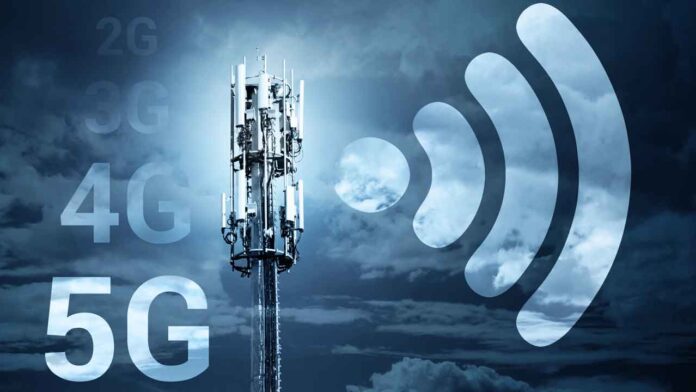
Fifth-generation mobile telecommunications technology has started a revolution when it comes to mobile networking. This refers to the higher speed of downloading and exchanging data in real time. It allows a simpler and more efficient network focus on devices and thus improves coverage, speed and capacity.
So, there has been a change of generations and a big shift, especially in the development and popularization of smartphones. Thus we come to the question of the difference between 4G and 5G technology. Read below all about their advantages, changes, and key differences below. These are some general characteristics such as speed, availability, distribution, etc.
Speed

It is known that 5G is significantly faster than 4G. However, its maximum has yet to be reached. The problem with this network is that the towers have to be close to the user. However, the signal cannot travel that far, and it is difficult to pass through obstacles. Unfortunately, there are limitations of this type depending on the frequency range. So, the difference in speed is noticeable, but in the first years, it will not be up to the task. This means that this network has a huge potential that will only be shown in time. In any case, it offers more space for use or more capacity, which means that a higher data transfer rate is achieved.
This network is just designed to stream people as much as possible and use connected services. When it comes to the needs of the average mobile device user, there is no need for higher speeds. This refers to providing more capacity for social media and everything related to that. We must not forget about streaming high-quality video. For example, downloading movies over a 4G network will take a little less time. With a 5G network, it will take you about 10 minutes or less and if you need more information about these networks, check out ZTE 5G.
Capacity
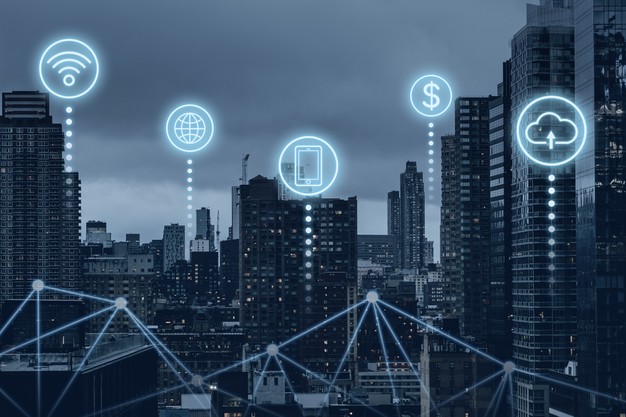
This is certainly the most important item related to 5G. For example, there is now a very small chance that situations involving signal loss will occur in places where there are more people. Probably everyone has experienced that horrible feeling while being in a small place with a lot of people and hopelessly trying to load Instagram or Google. This applies to various events such as matches, concerts, and other gatherings involving several thousand people. Such a network structure as 4G simply cannot cope with the mass number of devices. Also think about the New Year when we all send messages at the same time, order vehicles, etc. All this leads to slower data speeds and long download delays. So, it is necessary to avoid breaking the signal in all ways, and that is exactly what this network enables. She successfully resists everything that is put in front of her. Therefore, there is a great ability to connect devices, which is very important.
Latency
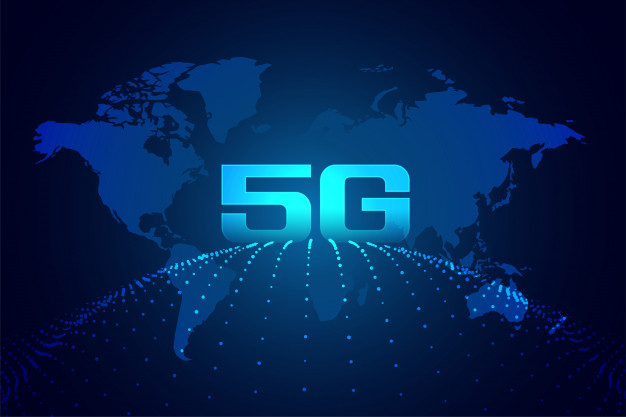
Definitely, not all users will feel this segment because it is something much bigger than the classic user requirements. So, this is a prerequisite for the development of smart cities. The reason is the interaction between the devices, which must take place in real-time. However, lacking latency can also have a bad effect on gamers. For them, the problem with the connection is a nightmare, we will all agree. That’s why 5G is the solution because it offers a lower latency rate. It roughly monitors people’s reactions to visual stimuli. This helps a lot in developing new services as well as devices.
This is especially true of the connection between cars and information, virtual-reality gaming, and so on. In these conditions, loT and 5G are a great combination. At the same time, this network acts as a catalyst for connecting people and machines. This opens up many business and economic opportunities leading us to a variety of applications. In this way, many industries gained more flexible and autonomous operations, which increased their productivity and reduced costs.
Reliability
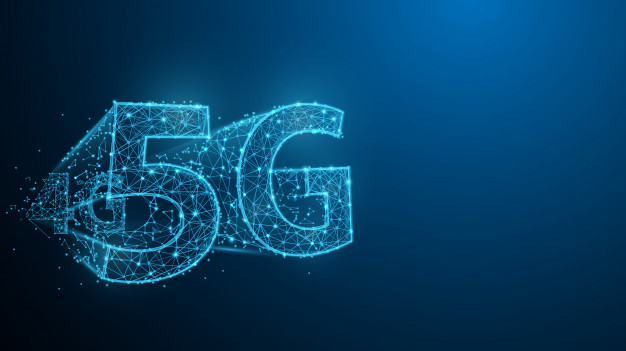
5G enables the optimization of many devices from simple sensors and smartphones, through home devices to industrial systems and much more. In this way, the possibilities are significantly increased. However, this progress carries with it a certain risk. Therefore, the application of this network must adhere to the security standard. Thanks to network slicing, an appropriate security solution is achieved. In that case, the network is divided in order to achieve the appropriate speed, capacity, coverage, encryption, and the rest from one part to another.
Just as every apartment in a building has its own key, and only certain persons have the authority, so everyone relies on a SIM card. On the other hand, the network is not always reliable enough due to the need for a larger number of towers and transmitters of other types. If we only look at this, we can say that 4G is a somewhat more reliable solution until 5G shows its full potential.
New level
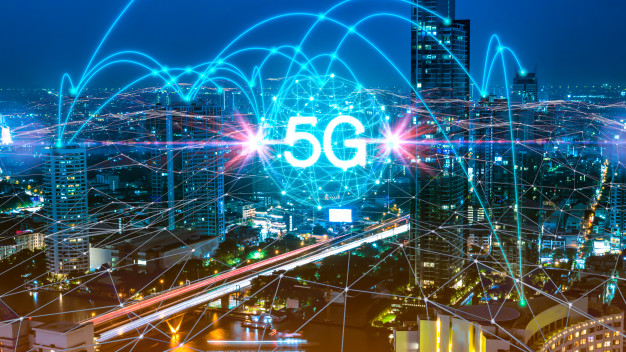
Although 4G has already made cloud service available to mobile phones as well as streaming music and video on the go the newer technology has gone a step further. What does it mean for the 5G network? Unlike the approach where each device had the same service, 5G is somewhat different. It is designed to connect many types of devices. We are witnessing a huge amount of processing power that took the form of something bigger.
So we are talking about a distributed data center that performs processing tasks. It is about using the full power of resources. A higher level of task processing also saves battery. For example, this is great news for users of a smartwatch that runs on a small battery. This network offers them the ability to create a connection that will consume very little energy.
Conclusion
In short, 5G is faster, smarter, and more efficient than 4G. 5G allows the optimization of the so-called Internet of Things. One of the biggest differences between 4G and 5G networks is latency, and the time it takes for a device to send data to another device or server and receive a response from that device or server.








